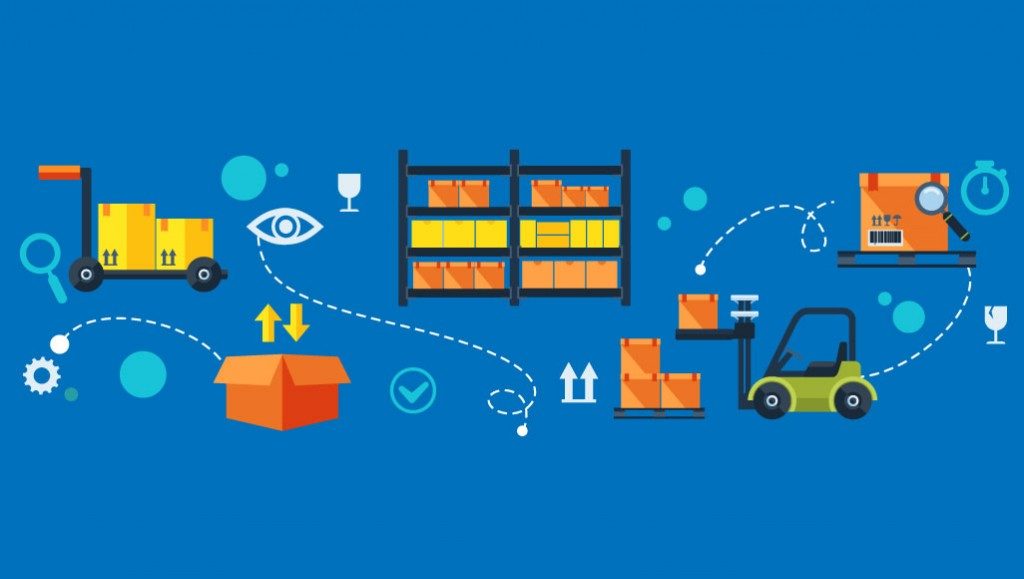- Home
- /
- E-Commerce
- /
- New to Ecommerce? Save Yourself Thousands Yearly With These 5 Frugal Hacks

Starting your own e-commerce platform is an exciting endeavor — but turning a profit can prove more challenging than you might expect. From fine-tuning your digital marketing strategy to finding quality fulfillment partners, there are several investments you’ll need to make to consistently draw customers to your store.
If you’re not careful, the costs associated with these essential activities can add up rather quickly — yes, even if you sell your products through Amazon. The last thing you need is to run out of cash before you can make your first sale!
In reality, many of the expenses that sink new e-commerce stores can be reduced or eliminated entirely if you know what to do. Here’s a closer look at some surprisingly simple ways you can reduce your operating expenses by thousands of dollars each year.
1. Streamline your company’s inventory.
As Will Caldwell, co-founder and CEO of Dizzle, explained in an Entrepreneur article, “One of the most important parts of starting any e-commerce store is connecting with the right customers. To make better advertisements and have higher conversion rates, you need to understand what niche your e-commerce store is targeting. So, think about where you’re from, what your products stand for, how your products are made.”

To truly carve out your own niche, you shouldn’t try to be all things to all people — and this means carefully curating your product lineup. Many of the most successful ecommerce stores find it much easier to limit the types of products they sell online.
This makes it easier to target a specific niche audience, who will ultimately be more interested in your offerings, and therefore, more likely to buy.
2. Make a point of using free tools.
There are seemingly countless tools out there today designed to help you bring new and returning customers to your store. But if you don’t have an unlimited marketing budget, it can be hard to sustain business growth.
The good news is that not all marketing tools require a heavy financial investment.

In fact, many top marketing tool providers, such as HubSpot CRM and Mailchimp, have free platforms available for smaller e-commerce stores. With these tools, you can still gain access to essential marketing and store management assistance. But now, the only investment required for e-commerce growth is your time.
3. Skip retail packaging altogether.
Manufacturing a product for your store is one thing — but when you add in extra expenses like blister-sealed packaging or other “retail-ready” options, the costs can quickly skyrocket. While glossy packaging and marketing materials are commonplace in a traditional retail environment, they’re rarely vital for e-commerce.
As Trent Ellingford, co-founder of ProfitVine, wrote, “If you walked into Home Depot and saw a product in an e-commerce poly mailer with no packaging, no inserts, no marketing materials, would you be less likely to buy it? Of course you would, because those things are a necessary piece of the puzzle for selling in retail and consumers expect and demand it, as well as the big-box stores. On Amazon, however, those things are not a necessity, they are a nicety … they are expensive and unnecessary to making your sale.”
4. Find a better storage partner — they’re out there.
Many e-commerce entrepreneurs choose to run their store through Amazon — and why not? As one of the world’s biggest e-commerce marketplaces, Amazon provides a host of resources to would-be store owners, as well as the credibility that comes with being a “fulfillment by Amazon” partner.
However, part of using fulfillment by Amazon means incurring a monthly fee for storing your products. Believe it or not, Amazon isn’t always the cheapest option — especially in light of their recent storage fee increases. It could be well worth it to look into other storage partners who can keep you in stock with Amazon for a lower fee.
5. Don’t forget about taxes.
Even when selling your products in an exclusively digital store, you can’t ignore taxes. As Anand Srinivasan, founder of Hubbion, wrote for Entrepreneur, “There is a false perception among new entrepreneurs that running an e-commerce business allows you to avoid collecting and remitting local, county and state sales tax. This is not always the case, and depending on what you sell, overlooking this aspect can get you into a lot of trouble.”

Accounting for sales taxes isn’t a lot of fun — but this is one element of ecommerce you can’t afford to ignore. Make sure you are fully aware of all tax-related regulations that could affect your business.
Even using a fulfilled by Amazon warehouse could require you to collect taxes from customers in the state where the warehouse is located. Failure to account for sales taxes could result in hefty fines and interest fees that completely disrupt your business.
By taking advantage of these ecommerce hacks, you’ll be able to significantly cut your operating expenses while still improving your ability to draw in new customers. As you continually find ways to increase your profit margins while still delivering quality products, your store will generate an amazing (and long-lasting) stream of revenue.
Search
Recent Posts
- 5 Future E-Commerce Trends for 2019
- 8 Tips for Running a Successful eCommerce Business
- 4 Simple Tips That Will Get Big Results for Your Business on Google Search
- New to Ecommerce? Save Yourself Thousands Yearly With These 5 Frugal Hacks
- 6 Routine Mistakes People Make When Setting Up a Dropshipping Online Store